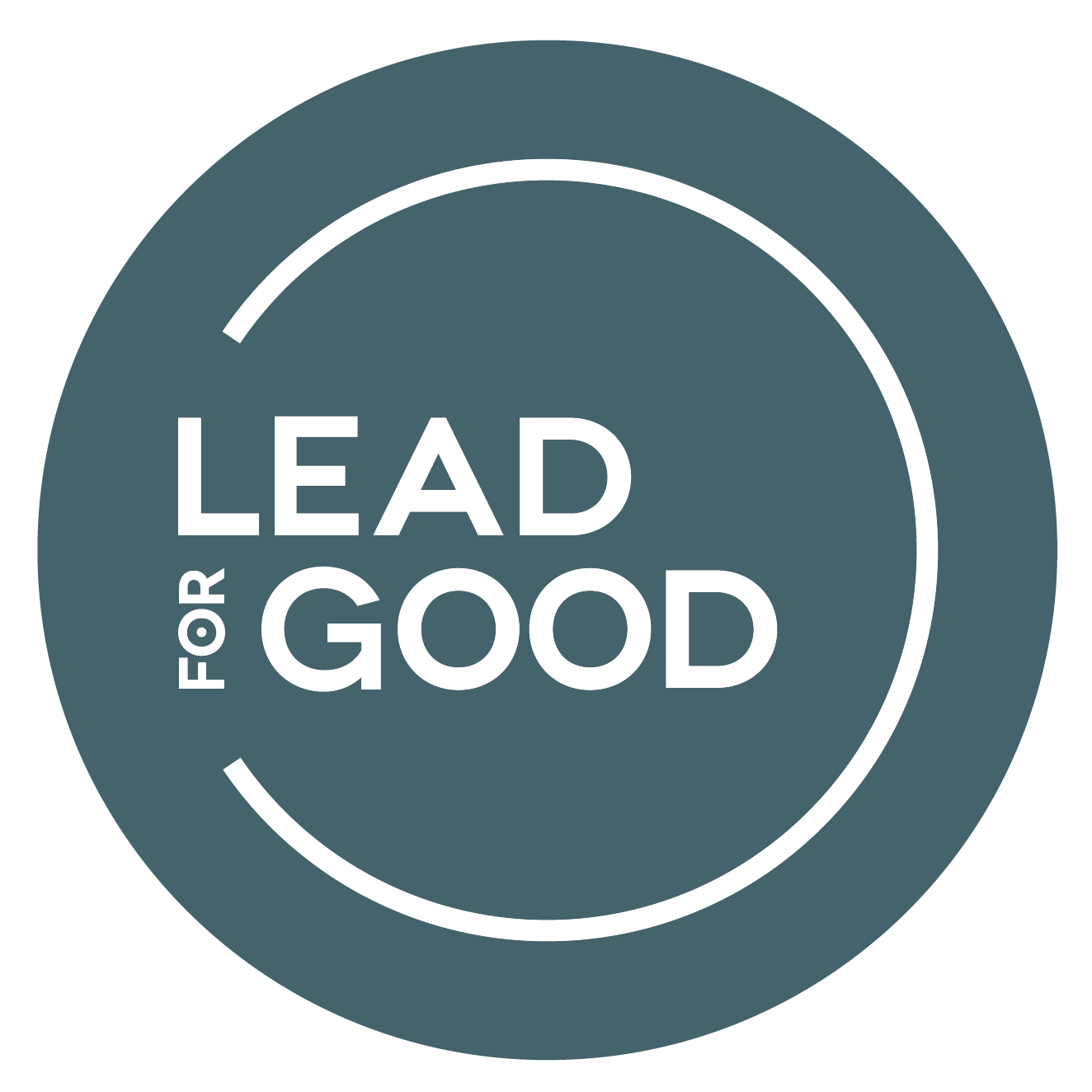Purpose-driven projects: Three approaches for rapid scale-up and implementation
In the case of any new project, it’s rare to have the luxury of building the ship before it sails. If we’re lucky, some key parts of the ship are already built- relationships, systems, and technical strategy. In many cases these parts exist as a result of a previous project team custom built to serve a specific purpose at the request of a client and often under the direction and in the style of another leader. This leaves companies, organizations, and project directors in the position of piecing together a team and addressing their gaps while at the same time leading it to execute on promises and demonstrate results.
Sound familiar?
For the last two years, I’ve been working with a team implementing a health system strengthening project. This project is led by a powerful partnership full of technical expertise, global scale, ambitious targets, and a client committed to providing support to countries in need of improving their health systems as soon as possible. This team launched, scaled, and implemented quickly in their first year only to realize that even as they forged ahead, in order to sustain their work and deliver results, they needed support in growing as a team.
While at the same time moving forward with project implementation, the nature and scale of the project had a ripple effect on the team and led to:
A need to better harness the talent and relationships across the partnership and within the team in order to work better together
A need to support leadership and staff as their roles evolved to respond to project growth and client needs
A need to acknowledge and celebrate progress, identify and address gaps, and grow as a team
In working together with project leadership, we designed and integrated three initiatives into the team structure to strengthen the culture and foster connection and alignment to a shared purpose.
Partnership principles. Early on in the project, this team identified their commitment to working in meaningful ways with their partners and stakeholders. These partners included project subcontractors, the client, and importantly the governments and local organizations around the world they work with to strengthen health systems. This intention was brought to reality through a facilitated and inclusive process that defined the team’s key principles for how they wanted to work together. These principles capture the values, beliefs, and behaviors driving team culture, serving as agreed upon guideposts for the team’s internal and external interactions in good times and bad.
One on one coaching. One on one coaching is available to team members upon request. Coaching helped focus on supporting individuals navigating the organizational shifts that come with a growing project, specifically changes or ambiguity in roles and responsibilities. Coaching also helps individual team members build the confidence to show up fully with their talents, make meaningful contributions to the team, recover from burn-out, and sustain motivation and drive.
Pause and reflect sessions. These facilitated sessions with the project team ranged from full-day retreats to shorter 2 hour meetings each quarter. The purpose of these sessions is for the team to make time to step outside their rigorous day to day activities in order to get a bird’s eye view of how the team is working together. During these sessions, team members participate in experiential activities and deep inquiry. The outcome of these meetings is restoration, connection, learning, and commitment for improving team culture, systems, and technical strategy.
As a project grows and evolves, it is important to invest in the health of the team driving it. These three initiatives had an important and lasting impact on the alignment, motivation, and success of the team. More specifically,
The team became more connected and in turn, stronger and more focused on results. They forged meaningful partnerships and improved their work together in a matrixed environment.
Team members developed skills and tools to manage and recover from stress while stepping more fully into their roles and leadership.
The project was commended by the client for their ability to partner externally and internally in order to achieve collective success.
According to members of the project’s senior leadership-
“I hear members of the team reference them (partnership principles) as touchstones when we are trying to work through sticky things as a group. The partnership principles serve as a guiding force for everything that we do.” - Senior Project Leader
“The coaching helps me self-reflect and learn more about my leadership strengths and values and enables me to hone those traits that improve team motivation while modeling good team values and ethics.” - Senior Project Leader
“Your support has really been a performance amplifier for our staff, and ensured that I was paying attention and had the necessary tools to support important aspects of team development, even in the face of our rapid growth and the significant day-to-day project demands” Senior Project Leader
No two projects are the same, nor are two teams. In my work with teams, I focus first on what it will take to build team connection and trust. When teams are connected, they can thrive and recover together. When they’re disconnected, team members work off of assumptions, become fragmented, and can't access the full range of their talents and leadership. By integrating these initiatives into their team structure, this team will sustain a healthy foundation from which they can continue to grow and- together- amplify their impact.
